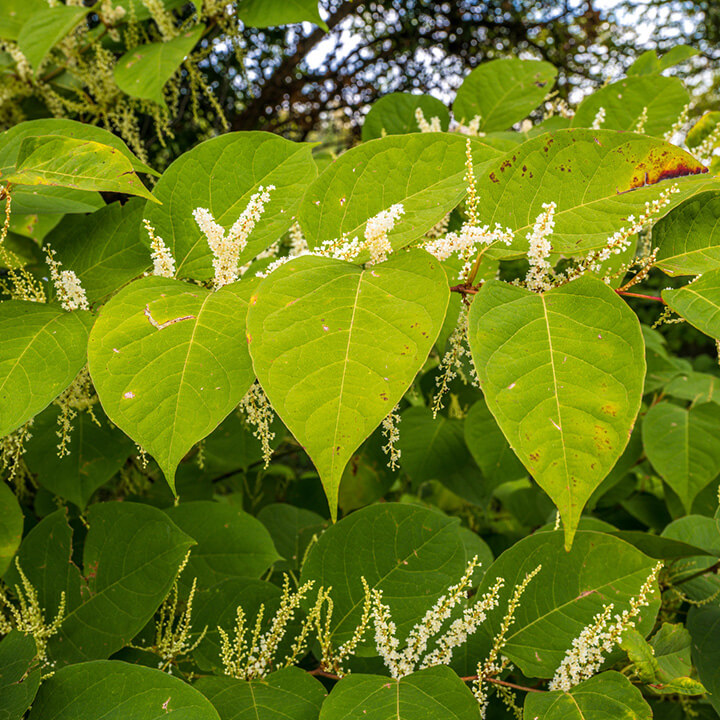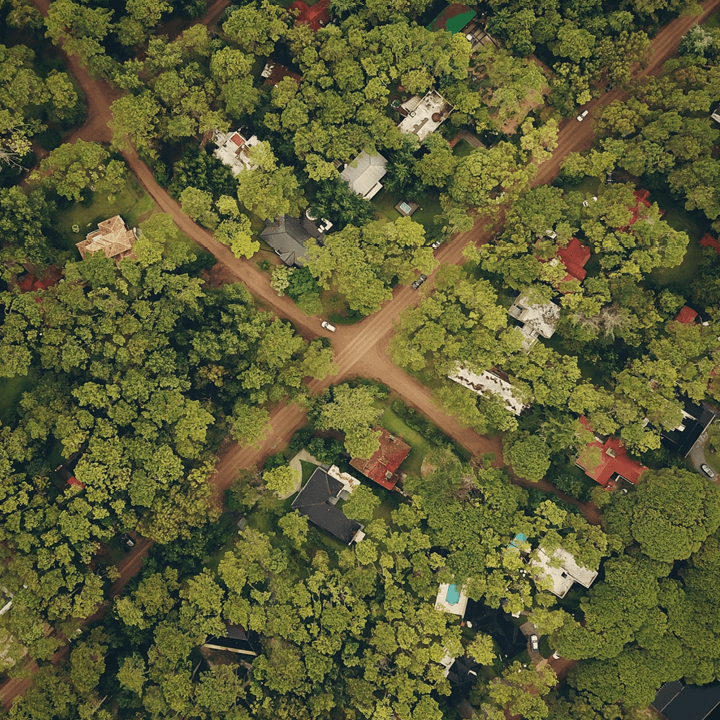Knotweed and nuisance: Supreme Court update
15th May 2024
The Topline
“Legal wrangles arising from Japanese Knotweed encroachment persist as doggedly as the weed itself. In Davies v Bridgend County Borough Council, the Supreme Court has revisited the law of nuisance. In this article, we look behind the legal headlines to offer practical advice for landowners, occupiers and investors.”
David Manda – Director, Real Estate Litigation


Japanese Knotweed and nuisance: The story so far
Landowners, occupiers and investors will be well aware that the presence of Japanese Knotweed can significantly affect the value, marketability and insurability of land and buildings. It can also be incredibly costly and particularly difficult to eradicate.
Over recent years, multiple cases have hit the courts, clarifying that a failure to control Japanese Knotweed and allowing it to encroach on to neighbouring properties can constitute nuisance; and failure, by a surveyor, to spot Japanese Knotweed, can amount to negligence.
The law in relation to various aspects of nuisance continues to develop apace.
For example, as we reported last year, the Supreme Court in the Tate Modern case confirmed that visual intrusion and certain uses of property can amount to an actionable interference with land, and therefore to legal nuisance.
And, in Jalla v Shell, the Supreme Court recently considered what amounts to a ‘continuing’ nuisance. It confirmed that a continuing nuisance is one where there’s repeated activity by the defendant, or an ongoing state of affairs for which the defendant is responsible, which causes continuing undue interference with the use and enjoyment of the claimant’s land. In such cases, the cause of action accrues afresh on a continuing basis.
The Davies v Bridgend nuisance litigation
In the penultimate iteration of the Davies v Bridgend litigation ([2023] EWCA Civ 80), the Court of Appeal allowed the claimant to recover damages for nuisance in respect of Japanese Knotweed encroachment onto its land. It held that, where a property is affected by Japanese Knotweed, stigma can continue to negatively impact its value even after the weed has been treated. The defendant Council had argued that this ‘additional’ diminution in value was pure economic loss and wasn’t legally recoverable. The Court of Appeal disagreed. It said that this additional ‘stigma’ loss was part of the interference with the amenity value of land, and it was recoverable.
The Court of Appeal also held that the claimed residual diminution in value was caused by continuing nuisance. There was a continuing breach of duty by the defendant between 2013 (when it became public knowledge that Japanese Knotweed was a harmful and invasive species, and the duty to prevent its spread therefore arose) and 2018 (when defendant in this case treated the Knotweed). The Court of Appeal reasoned that, because the residual diminution in value was harm which subsisted at the end of the period of continuing nuisance, it was harm caused by the continuing breach.
What was appealed
Recent headlines shout that the Supreme Court ([2024] UKSC 15) has overturned the Court of Appeal’s decision. However, the appeal centred only on a fairly narrow point of law – causation, and how it works in Knotweed nuisance cases.
The Japanese Knotweed had spread from the defendant’s land onto the claimant’s land before 2004. The Supreme Court noted that, even though the defendant continued to be in breach between 2013 and 2018, the diminution in the value of the property/blight was caused by the original encroachment, which occurred before the defendant’s duty arose. It found that, on the correct legal test (the ‘but for’ test), the defendant wasn’t liable for the loss.
The Supreme Court said, at paragraph 70:
“In the context of this case the ‘but for’ test asks: would the diminution in value of which the claimant complains have occurred “but for” the wrongdoing of the defendant between 2013 and 2018? … [T]he answer to the “but for” question is simply that the diminution in value had occurred long before any breach by the defendant of the relevant duty in private nuisance first occurred in 2013. Accordingly, the application of the ‘but for’ test in this case eliminates the defendant’s subsequent breach of duty as a causative factor. The diminution in value would have occurred in any event so that there is no causal link between the defendant’s breach of duty and the diminution in value claimed.”
So, on the facts of this case, the defendant was able to escape liability for Knotweed nuisance. The judgment will be helpful to defendants if they can show that the spread of Knotweed clearly occurred before 2012/2013. However, it will not prevent claims when the spread occurred at a later date.
What wasn’t appealed
It’s important to note that the Supreme Court didn’t overturn the Court of Appeal’s findings in relation to the recovery of pure economic loss or in relation to the concept of ongoing blight.
The Court of Appeal held that, where a property is affected by Japanese Knotweed, there is a residual diminution in value due to stigma even after it has been treated. That finding has been endorsed by the Supreme Court. As has the finding that such additional ‘stigma’ loss, or ongoing blight, constitutes interference with the amenity value of the claimant’s land, it is therefore recoverable in a nuisance action. This stigma loss is generally valued at some 3 – 7 % of the unaffected property value. It can therefore be a significant sum.
So, despite the headlines, the risk of nuisance claims remains for local authorities and other bodies [1] who own land on which Knotweed may run rife, and from which it may encroach onto neighbouring occupied land.
Davies v Bridgend may also prompt nuisance claims in respect of other environmental contaminants which may have been remedied, but arguably could still leave a residual blight on land.
Japanese Knotweed, nuisance and development disputes: How we can help
Walker Morris’ Real Estate Litigation experts specialise in advising on all forms of development dispute. We can help from a pre-emptive risk-management perspective, and can provide commercially-focused, strategic advice to ensure minimal disruption and losses to your business if/when complaints or claims are made.
If you have any queries or concerns in relation to Japanese Knotweed or other potentially blighting contaminants; if you have any queries in relation to the law of nuisance, privacy or rights of light in the context of development projects; or if you would like to receive legal and practical training in relation to any development-related issue, please contact David Manda.
[1] such as utility and infrastructure companies, rail companies, estate owners, and developers who have purchased land for future projects, for example












